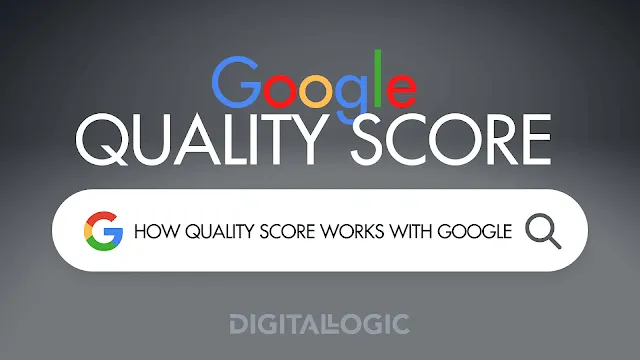Marketing is one of the most critical functions of any business, playing a vital role in driving company growth and connecting products or services to consumers. A deep understanding of marketing is essential, as it helps shape strategies, build brands, and drive customer satisfaction. In this comprehensive note, we’ll cover the fundamental concept of what marketing is, its importance in business, and how you can leverage marketing principles in your career.
Definition of Marketing
At its core, marketing is the process of identifying, anticipating, and satisfying customer needs and wants. It involves a variety of activities that promote the exchange of goods and services between a business and its customers. Successful marketing not only creates value for customers but also builds long-term relationships that benefit both the business and its audience.
American Marketing Association (AMA) Definition:
"Marketing is the activity, set of institutions, and processes for creating, communicating, delivering, and exchanging offerings that have value for customers, clients, partners, and society at large."
The Evolution of Marketing
Marketing has evolved significantly over the years. Early marketing was centered on mass production and selling (Production and Selling Concepts). Today, marketing is more customer-centric and focuses on delivering value and building relationships.
Traditional Marketing: Initially focused on product-centric strategies, where companies simply created products and used aggressive sales techniques to push them to consumers.
Customer-Centric Marketing: Over time, businesses shifted to focus on meeting customer needs and providing value, leading to modern customer-focused approaches like the Marketing Concept and Societal Marketing.
Digital Transformation: The advent of the internet and digital technologies has revolutionized marketing, giving rise to new channels like social media, email, and content marketing.
Importance of Marketing
Marketing is essential for businesses of all sizes, as it helps to:
Understand the Market: By conducting market research, companies can identify customer needs, preferences, and trends. This enables them to tailor their products and services accordingly.
Create Brand Awareness: Through various promotional activities, marketing helps create visibility for the brand and communicates its value to the target audience.
Drive Sales and Revenue: Marketing campaigns help attract new customers, increase sales, and ultimately drive business growth and profitability.
Build Customer Relationships: Relationship marketing focuses on long-term customer engagement by providing exceptional experiences and value, leading to customer loyalty and retention.
Competitive Advantage: A well-planned marketing strategy gives businesses a competitive edge by positioning their offerings in a way that stands out in the market.
Types of Marketing
Marketing is a diverse field with various approaches and specializations that MBA students should be aware of. Some key types of marketing include:
Digital Marketing: This involves promoting products or services through digital channels such as websites, search engines (SEO), social media, and email marketing. With the rise of online consumption, digital marketing is one of the fastest-growing areas of marketing.
Content Marketing: The focus here is on creating and distributing valuable, relevant content to attract and engage a target audience. Content marketing is designed to provide information and build trust with customers.
Social Media Marketing: This involves using platforms like Facebook, Instagram, LinkedIn, and Twitter to engage with customers, promote products, and drive brand awareness. Social media marketing has become an essential tool for connecting with consumers in real-time.
Influencer Marketing: This strategy involves collaborating with influential individuals (influencers) to promote products or services to their followers. Influencer marketing is particularly popular in industries like fashion, beauty, and tech.
Relationship Marketing: This focuses on building long-term relationships with customers by providing continuous value, enhancing customer loyalty, and encouraging repeat purchases.
Traditional Marketing: While digital methods are growing, traditional marketing such as print ads, TV commercials, radio spots, and billboards still play a role in reaching certain demographics.
The Role of Marketing in an MBA Program
For MBA students, mastering marketing is crucial for several reasons:
Strategic Thinking: Marketing teaches students how to think strategically, analyze markets, and develop comprehensive plans that align with a company’s broader goals.
Data-Driven Decisions: Modern marketing relies heavily on data and analytics to drive decisions. MBA students learn how to leverage customer data to make informed marketing decisions.
Consumer Behavior: Understanding how customers think, behave, and make purchasing decisions is key in creating effective marketing campaigns.
Brand Management: MBA students specializing in marketing can learn how to build, position, and manage brands, which is critical for creating a lasting presence in the marketplace.
Cross-Functional Collaboration: Marketing is interconnected with other business functions like finance, operations, and sales. As future business leaders, MBA students must learn to collaborate across these areas to achieve overall business success.
Conclusion
A deep understanding of marketing is essential to becoming effective business leaders. Marketing is not just about selling products—it’s about understanding customer needs, creating value, building relationships, and driving growth. By mastering the core concepts of marketing—from the 4 Ps to digital strategies you will be well-equipped to navigate the dynamic business environment and make strategic decisions that benefit both their organizations and their customers.






















